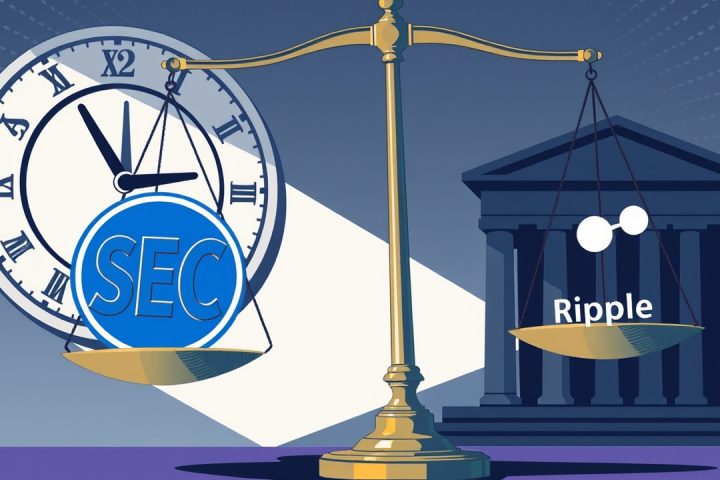Bitcoin: The Cornerstone of Cryptocurrency
Bitcoin stands as the cornerstone of the cryptocurrency market, consistently ranking among the world’s ten most valuable assets thanks to its reputation as a reliable store of value. However, a staggering portion of Bitcoin remains inactive for years, meaning that only a small fraction is utilized within the market each year. This considerable amount of dormant Bitcoin presents a significant opportunity that could be harnessed for economic growth and liquidity in decentralized finance (DeFi).
The Challenge of Dormant Bitcoin
Currently, Bitcoin is primarily framed through narratives of being a ‘store of value’ and the ideology of ‘never selling.’ Nevertheless, with the advent of modern DeFi tools, investors can generate returns simply by holding Bitcoin, especially the coins that have long been idle in their wallets. The data from Glassnode highlights this situation, revealing that as of early 2025, around 62% of Bitcoin’s active supply has not been moved for at least a year. These dormant assets are typically associated with wallets that demonstrate no activity on the blockchain, either due to deliberate long-term strategies or unfortunate circumstances such as the death of the holders or the loss of access. These long-held Bitcoins have the potential to re-enter the market at any moment, potentially triggering extreme price volatility for Bitcoin.
Exploring Market Mechanisms
The important question arises: Why aren’t these coins being actively used in DeFi today?
The potential activation of dormant Bitcoin can lead to significant market ramifications. Should a large volume of these inactive assets come back into circulation, it could lead to price fluctuations due to increased selling pressure. Conversely, if these reactivated coins were used within DeFi ecosystems instead of being sold, they could create a sustainable source of liquidity without causing disruption in the market. Such a scenario would not only reinforce Bitcoin’s status as a store of value but also transform it into a productive asset with real-world applications.
Strategic Developments
A shining example comes from the recent announcement regarding the establishment of a strategic Bitcoin reserve in the United States. This reserve intends to employ budget-neutral strategies, meaning that the government will not sell its 198,000 BTC holdings but instead could utilize them in restaking activities or in DeFi environments, thereby potentially generating substantial returns without parting with its Bitcoin assets.
Exploring the integration of dormant Bitcoin into DeFi could yield remarkable benefits for the market, enhancing transaction volume and associated fees that support network miners. Currently, Bitcoin’s total value locked (TVL) in DeFi hovers around $5 billion, which is a mere 6% of the total across all blockchains, where Ethereum reigns supreme with 52.56% and $48 billion. The possibility of Bitcoin soaring to the top of the TVL leaderboard is not far-fetched, especially if a fraction of the dormant Bitcoin were utilized.
Unlocking Liquidity
In this context, activating even a small portion of idle Bitcoin could unlock billions in liquidity for decentralized finance initiatives. With institutional and long-term investments that are less likely to sell in downturns, Bitcoin’s involvement could lend an added layer of stability to the DeFi ecosystem.
Restaking appears to be an innovative solution for incorporating Bitcoin into DeFi while still appealing to traditional, conservative investors. This method allows Bitcoin holders to stake their assets in decentralized networks, gaining passive income while simultaneously bolstering the network’s economic security. Restaking offers alluring benefits, such as earning returns with low risk, which aligns well with the cautious philosophies many Bitcoin investors maintain.
The Future of Bitcoin in DeFi
By participating in DeFi activities and exploring new products, Bitcoin holders can use their assets more effectively, maximizing their potential returns from reserves. Overall, the integration of dormant Bitcoin into DeFi could provide unprecedented opportunities for individual investors and the broader financial ecosystem, leading to growth and stability within this burgeoning sector.




